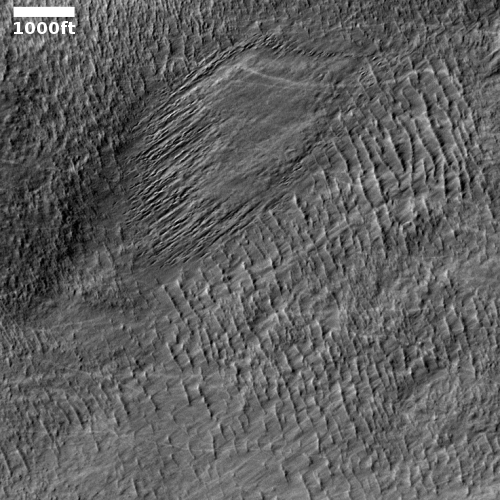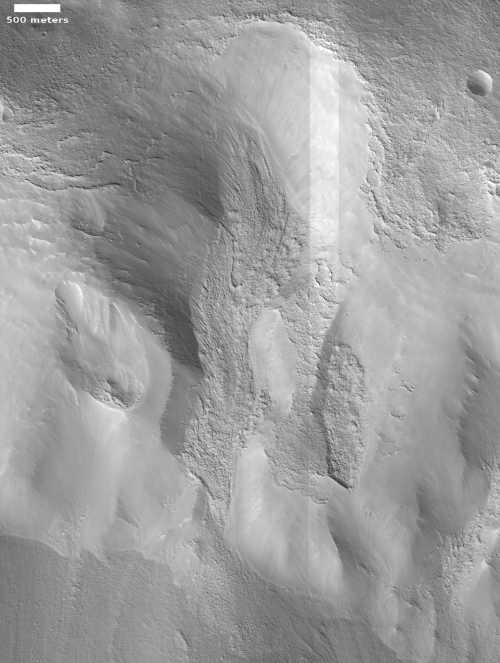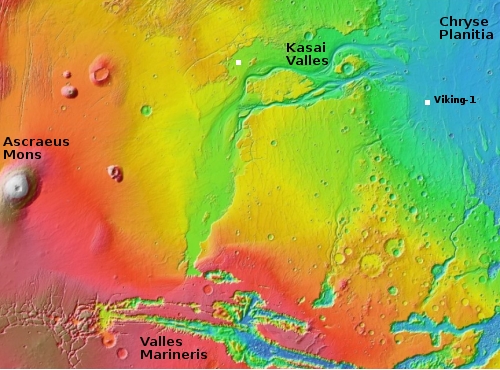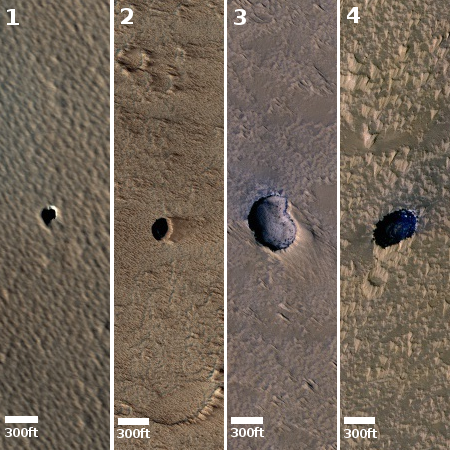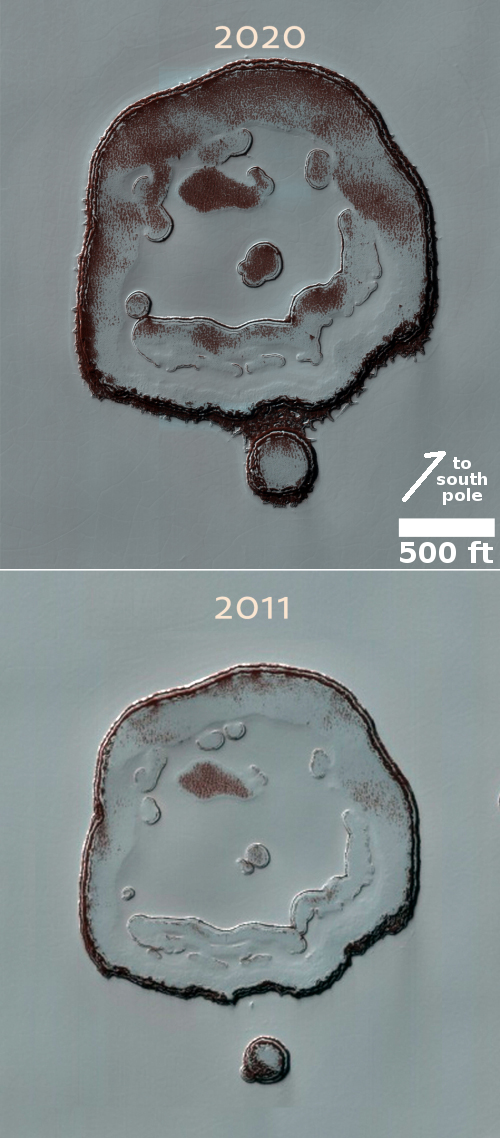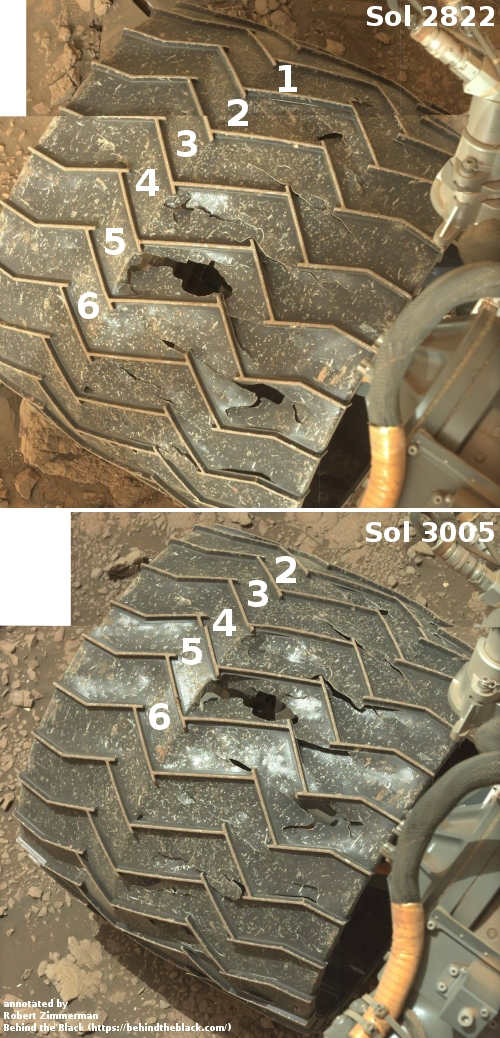Watching Starship #9’s flight
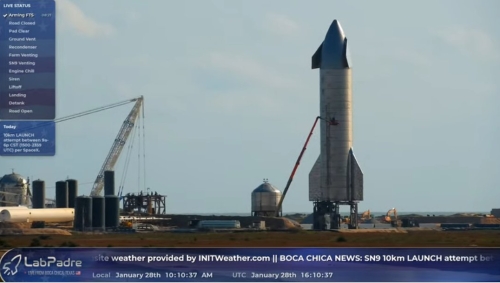
LabPadre’s Starship 24/7 live feed, at 8:12 am (Central), January 28, 2021.
Click to go to it.
BUMPED AND UPDATED: It is now confirmed that the launch was scrubbed by the FAA’s refusal to approve the license. Though SpaceX seemed to go through a fueling and countdown procedure, they have since detanked the ship.
UPDATE: It appears from several live feeds that they have scrubbed today’s launch because of high winds, and will try again tomorrow. There are also rumors, not yet confirmed, that the launch was scrubbed because the FAA denied the launch license at the last minute.
Capitalism in space: SpaceX today will make an attempt to fly the ninth prototype of its Starship to a height of approximately 33,000 feet. As the company’s Starship website notes,
Similar to the high-altitude flight test of Starship serial number 8 (SN8), SN9 will be powered through ascent by three Raptor engines, each shutting down in sequence prior to the vehicle reaching apogee – approximately 10 km in altitude. SN9 will perform a propellant transition to the internal header tanks, which hold landing propellant, before reorienting itself for reentry and a controlled aerodynamic descent.
The Starship prototype will descend under active aerodynamic control, accomplished by independent movement of two forward and two aft flaps on the vehicle. All four flaps are actuated by an onboard flight computer to control Starship’s attitude during flight and enable precise landing at the intended location. SN9’s Raptor engines will then reignite as the vehicle attempts a landing flip maneuver immediately before touching down on the landing pad adjacent to the launch mount.
SpaceX will be providing a live stream, which I shall embed here at Behind the Black once it becomes available. In addition, there are these live streams available:
- Labpadre’s 24/7 live stream, with eight cameras
- NASASpaceFlight’s live stream
- Everyday Astronaut’s live stream
- SpaceXcentric’s live stream
Without question the SpaceX live feed will provide the best visuals, but that will not go live until just before launch. Right now I think the Labpadre live feed is my preferred choice because it provides a quick checklist on the screen telling you the countdown status, which in turn gives you an idea how soon the launch might be. For example, when the sirens sound, it means they are approximately 10 minutes to launch.
Stay tuned. This flight, which will likely be as epic as the flight of prototype #8, could make today a fun day in the history of spaceflight.

LabPadre’s Starship 24/7 live feed, at 8:12 am (Central), January 28, 2021.
Click to go to it.
BUMPED AND UPDATED: It is now confirmed that the launch was scrubbed by the FAA’s refusal to approve the license. Though SpaceX seemed to go through a fueling and countdown procedure, they have since detanked the ship.
UPDATE: It appears from several live feeds that they have scrubbed today’s launch because of high winds, and will try again tomorrow. There are also rumors, not yet confirmed, that the launch was scrubbed because the FAA denied the launch license at the last minute.
Capitalism in space: SpaceX today will make an attempt to fly the ninth prototype of its Starship to a height of approximately 33,000 feet. As the company’s Starship website notes,
Similar to the high-altitude flight test of Starship serial number 8 (SN8), SN9 will be powered through ascent by three Raptor engines, each shutting down in sequence prior to the vehicle reaching apogee – approximately 10 km in altitude. SN9 will perform a propellant transition to the internal header tanks, which hold landing propellant, before reorienting itself for reentry and a controlled aerodynamic descent.
The Starship prototype will descend under active aerodynamic control, accomplished by independent movement of two forward and two aft flaps on the vehicle. All four flaps are actuated by an onboard flight computer to control Starship’s attitude during flight and enable precise landing at the intended location. SN9’s Raptor engines will then reignite as the vehicle attempts a landing flip maneuver immediately before touching down on the landing pad adjacent to the launch mount.
SpaceX will be providing a live stream, which I shall embed here at Behind the Black once it becomes available. In addition, there are these live streams available:
- Labpadre’s 24/7 live stream, with eight cameras
- NASASpaceFlight’s live stream
- Everyday Astronaut’s live stream
- SpaceXcentric’s live stream
Without question the SpaceX live feed will provide the best visuals, but that will not go live until just before launch. Right now I think the Labpadre live feed is my preferred choice because it provides a quick checklist on the screen telling you the countdown status, which in turn gives you an idea how soon the launch might be. For example, when the sirens sound, it means they are approximately 10 minutes to launch.
Stay tuned. This flight, which will likely be as epic as the flight of prototype #8, could make today a fun day in the history of spaceflight.

